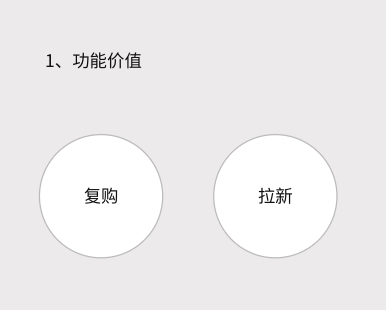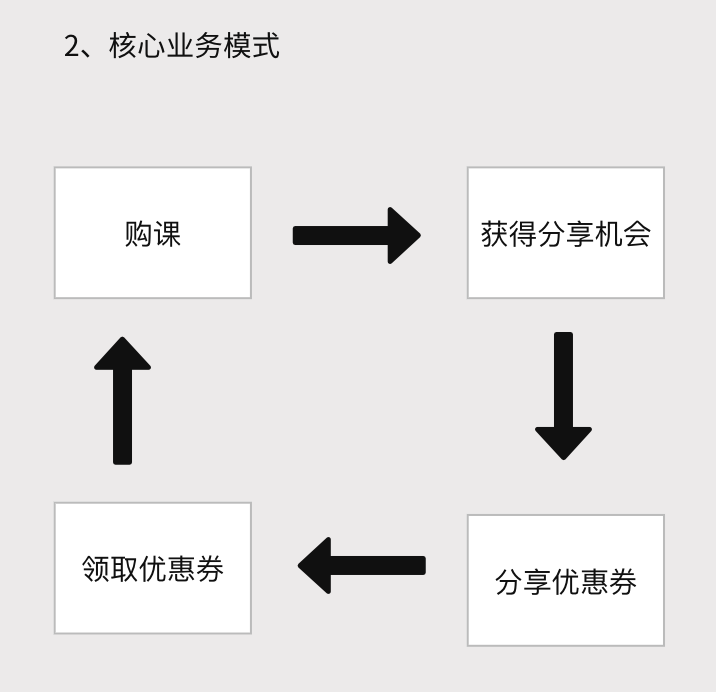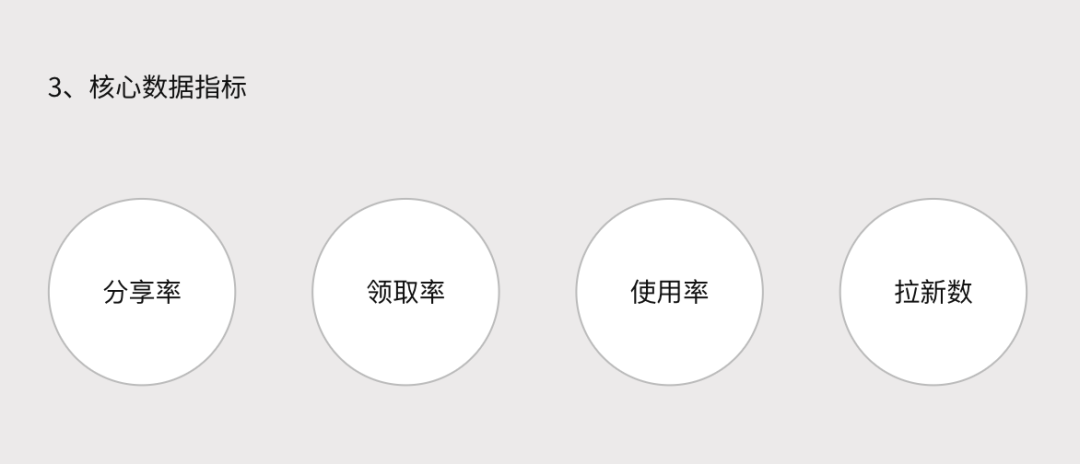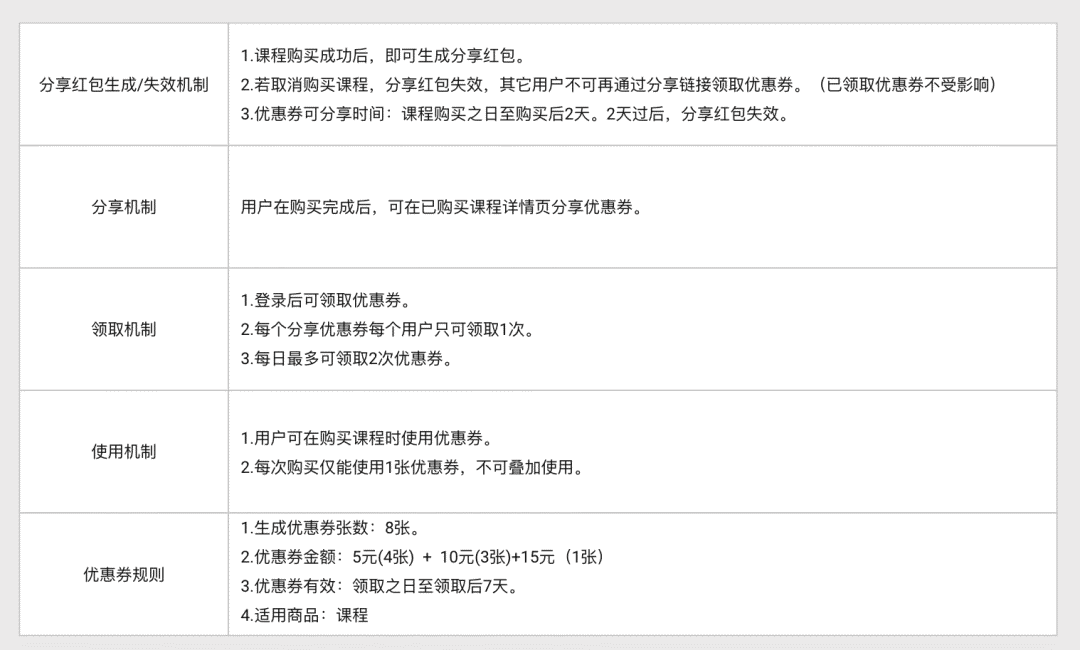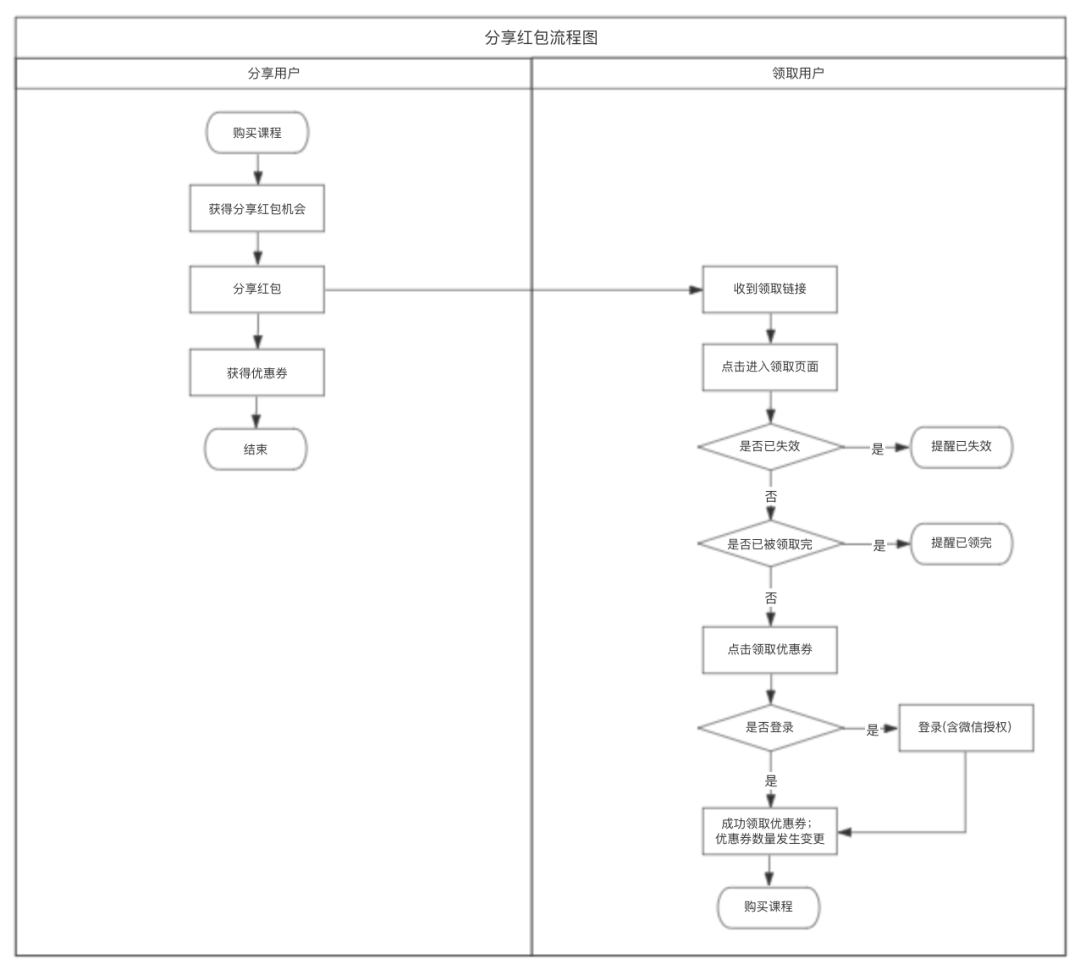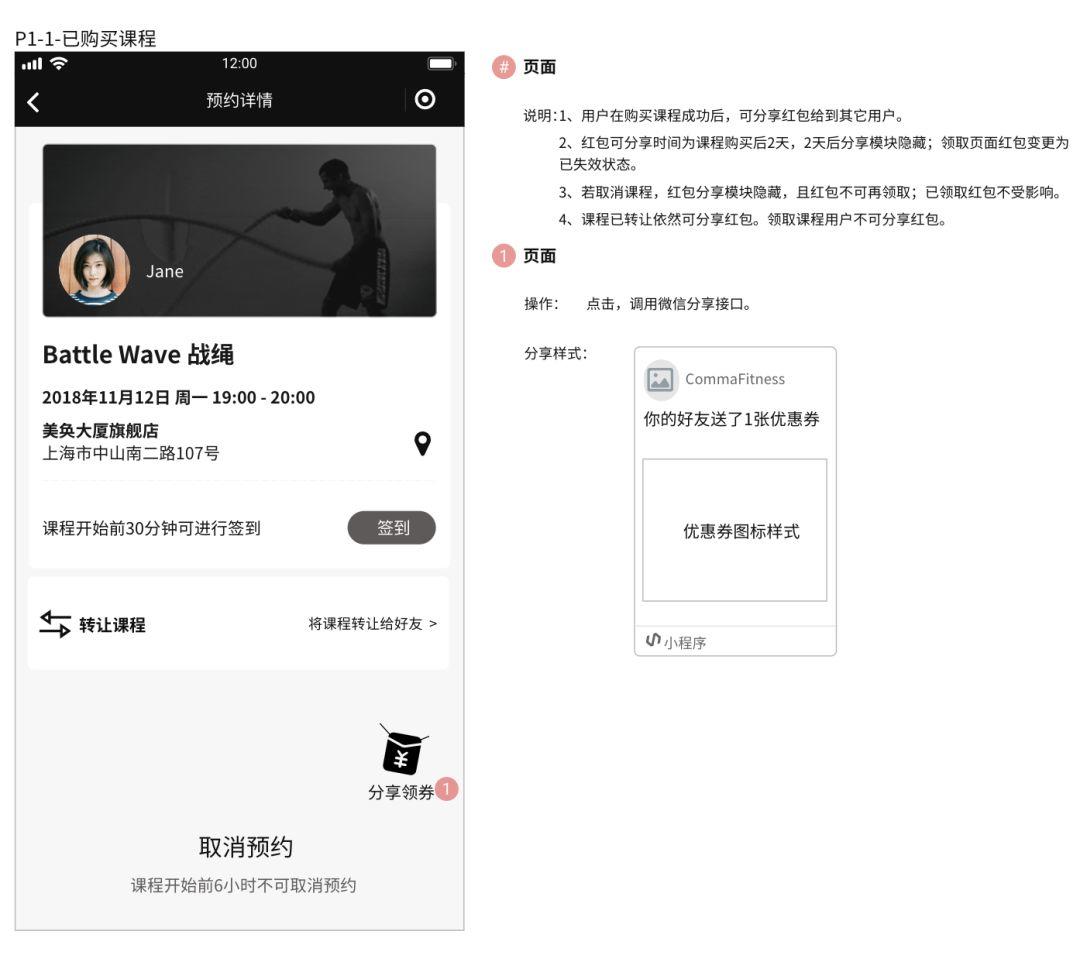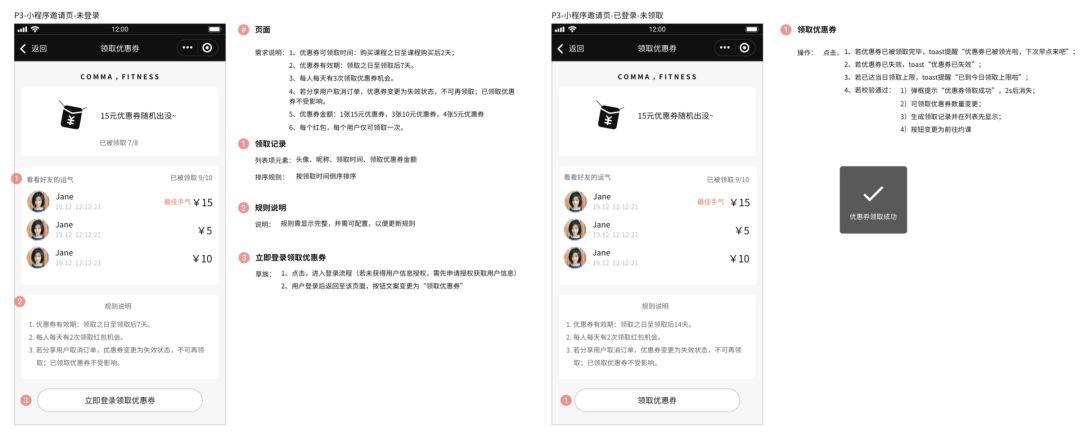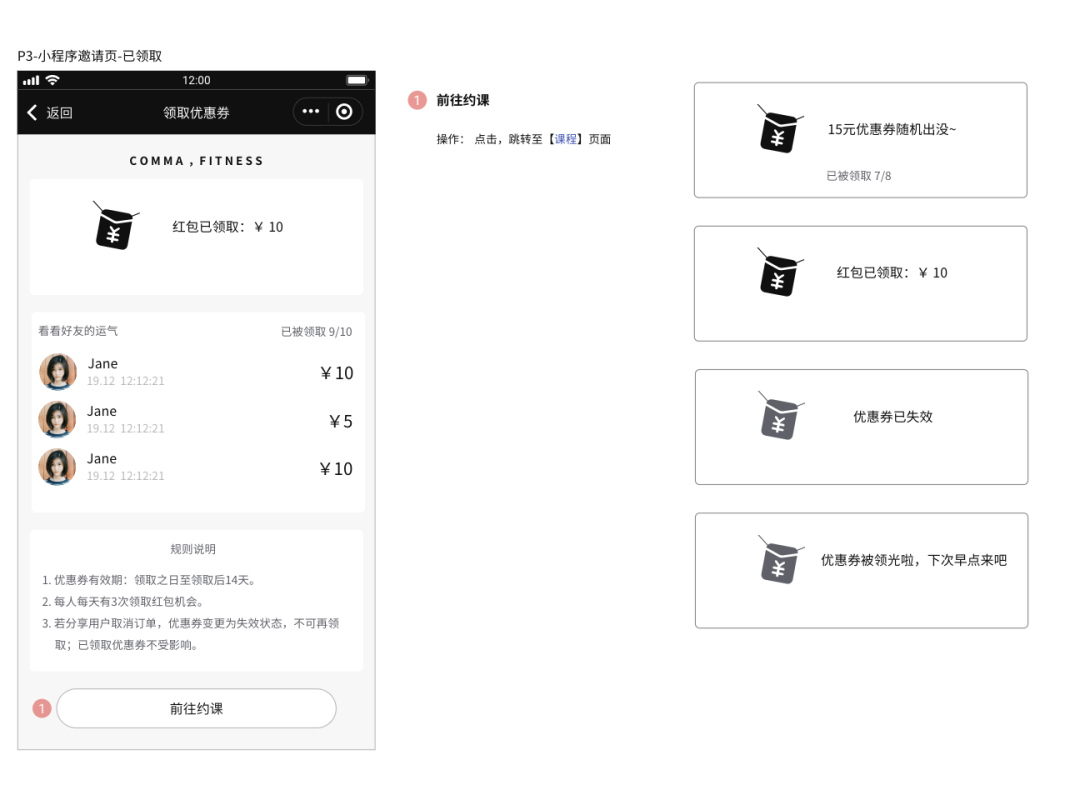After setting up a core business, Internet companies often generate various marketing activities for the growth of business, and coupons are a very common marketing method. In this article, we will explain how to disassemble business and design products for “shared red envelopes”.
Editor’s note: This article is from “Everyone is a product manager” (Public ID: woshipm) , Text | Eastern Oriental, WeChat public number: UnknownPM, everyone is a product manager columnist. Authorized to publish.
The article before the East is more theoretical and methodological, this time to an example to explain.
After setting up a core business, Internet companies tend to generate various marketing activities for business growth, and coupons are a very common marketing method.
The marketing scenario of coupons can be subdivided into many, registered coupons, event coupons, order coupons, coupons around core services… The reason that coupons are used in a variety of scenarios is its flexibility . Flexibility is reflected in the fact that only a small number of configuration parameters need to be changed, and different strategies can be generated according to different business objectives.
The following is a discussion of how to disassemble business and design products for “share red envelopes”.
First, clarify the functional value
A few days ago I heard an article by Liu Run, which mentioned three bad street words – what, how, why.
-
what – is what to do.
-
how – how to do this.
-
why – Why do this?
These three words can also correspond to different stages of the product, in the level of thinking in the face of demand.
In most cases, marketing needs are raised by colleagues in the operations department. Less experienced operations will only tell you that I have to do a function to share red envelopes. It won’t tell you how to do it, why do it, how to calculate ROI.
If you encounter a product with less experience, you may start with “what” to start product design. The thinking at this time is that I have to do a function to share the red envelope, and then I began to think about how to do it.
The correct mindset should be to first find out why this feature is done, what is the value of this feature. Then think about what to do. Finally determinedWhat should be done.
Further communication with the operation. We only know that the current user repurchase rate is only 30%. I hope to share the red packets to promote the user’s repurchase behavior, and also hope to bring new traffic through the sharing of old users.
Operating colleagues mentioned two values: one is a repurchase and the other is a new one.
Before functional design, in addition to understanding the current repurchase rate, you need to communicate with your operating colleagues about the expected ROI. How many repurchase growth is expected to be driven after the function is launched? How many new users can you bring?
Secondly, we also need to consider the value of this feature can bring value to users.
For users, the ability to purchase courses at a lower price is the core user value.
Second, core business model
After sorting out the functional value, let’s take a look at the core business model.
First, the East proposed a design principle – functional design around the core business.
Any product has a core business. When we do a function, we first think about whether it is beneficial to our core business improvement.
For fitness O2O, the core business of the platform is to purchase classes. The business starts from the purchase of the class, but also belongs to the purchase, which forms a closed loop of the core business of the service.
After completing the purchase, you can share it, which will increase the value of the red envelope.
We also need to focus on two points:
-
How to motivate users to share red envelopes?
-
How to stimulate users to receive red envelopes?
We have to carry these two questions when designing our products. As for the use of red envelopes, it has been considered in the core purchase process.
Three, core data indicators
After confirming the functional value and core business model, we need to see what features of this function require us to pay attention to.
The starting point for sharing red envelopes is “sharing,” so the sharing rate is the first indicator we want to focus on, and the rate of sharing after sharing is the second indicator we should focus on. The core purpose of the red envelope is to be able to drive the purchase, so we should pay attention to the “usage rate.” Finally, as we mentioned earlier, sharing can bring a certain amount of new, so we have to pay attention to the number of new users brought through this channel.
Fourth, product design and disassembly
Next, we will dismantle what we want to do at the product level based on our core business model.
I will disassemble the red envelope product design into the following modules:
-
Coupon Generation/Invalidation Mechanism
-
Sharing mechanism
-
Receiving mechanism
-
Usage mechanism
-
Coupon Rules
When we identify the modules that need to be designed, we need to conduct a detailed analysis of the business.
V. Detailed Business Analysis
This is my detailed analysis of each module:
The above is the final analysis result, but there are many problems encountered during the analysis.
Taking the red envelope generation/failure mechanism as an example, describe several practical issues:
-
If the user uses a large red envelope for this course, the amount will be 0 in extreme cases. Will this situation also generate red packets?
-
If the user purchases the course, share the red envelope and refund the purchased course. How to deal with the red envelopes that are shared?
The two problems are worrying that this purchase did not have real payment behavior, but generated coupons.
At this time, we need to return to the original intention. Our core purpose is to drive the user’s repurchase. For the platform, even if the user does not actually pay the amount, the shared order can bring new purchase behavior to the goal.
6. Product Business Process
After the business details are confirmed, we can begin to officially enter the product level design.
The first step is to determine the core business processes of the product. After entering the product design at the product level, we need to consider the specific operations that the user will perform in the product, and what feedback will be given to the user after each interaction.
Seven, draw product prototype document
The final step is to draw the prototype and write the document.
We can add interactive effects to the “Share Collection” page on the page where the course has been purchased, so that users can notice the existence of the red envelope after the purchase is completed. Secondly, you can receive the coupon after you share it by telling the user to share it.
The concept of red envelopes has been cultivated by all major platforms, so there is no description of red envelopes.
Share the red envelope, directly display an icon of the coupon, and the copy reminds the user to obtain the coupon, and guide the user to enter the collection page through these two dimensions.
When the user receives the red envelope, we also need to consider the login status of the user. Users who are not logged in need to log in first.
After the user receives the red envelope, we also need to guide the user to purchase the class and complete the logical closed loop. Second, you need to pay attention to the style of designing different states of the red envelope.
The above is just the design of the front end. The background also needs to design the corresponding management module to configure parameters and view data.
Write at the end
We can see that the final front-end page is not a lot, the focus is on combing, analyzing and disassembling the business. This is what I want to talk about in this article.
For a product and feature, we should spend more time thinking about it. Prototypes and documentation simply present what we think in text and graphics.
When I first started working on a product, I would write a “perfect” prototype document as my goal. In fact, this is a bit of an upside down. As long as you think enough, the prototype and documentation will naturally be more perfect.
But this is the only way that most products cannot be avoided. In addition to being able to lay down the basic skills, drawing a good prototype will also make our thinking change from quantity to quality when we accumulate a certain degree.
The cover image is from pexels
